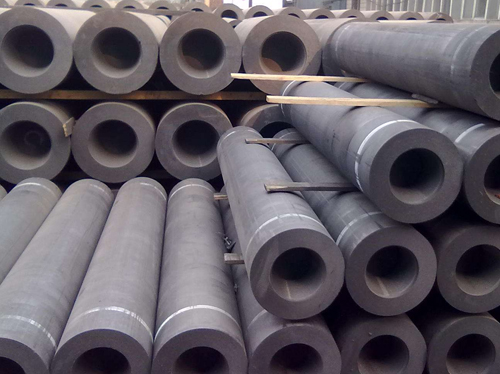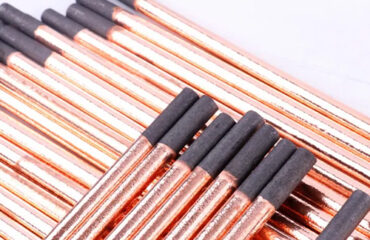
Graphite electrode material is different from copper, according to the size of granularity, it is divided into various grades.
According to the quality requirements of the mold, material selection is the key, it directly affects the electrical processing speed, surface roughness, processing precision and so on. Therefore, according to the different processing situation, should be reasonable choice graphite electrode material.
Influence of electrical parameters on EDM processing
- Influence of pulse width
The pulse width is the duration of the voltage pulse which is added to the discharge gap between the electrode and the workpiece. Pulse width to determine the pulse energy of a single pulse, with the increase of pulse width, the more the corrosion of the workpiece, the deeper the corrosion pits, the greater the surface roughness of workpiece. The larger the pulse width, the lower the electrode loss. When the current is constant, the pulse width is increased and the processing speed decreases. Because the pulse width is too long, not the normal discharge processing, but in the workpiece surface ablation, processing instability.
- Effect of pulse interval
The pulse interval is the interval between two voltage pulses, which changes the energy of each discharge in the pulse interval and the erosion of the workpiece, while the pulse interval affects the processing speed and the processing stability, the surface roughness is almost constant, and the processing speed and the electrode loss change. The pulse interval increases, the processing speed is reduced, the pulse interval reaches a certain value, if the pulse interval increases, the electrode loss will increase, because the pulse interval increases, the ionization of the polar medium is quite sufficient, which is advantageous to form the covering layer, thus the electrode loss decreases. But the pulse interval is too small, the ionization between the electrode and the workpiece is not sufficient, it may produce ablation phenomenon and process instability on the electrode and workpiece surface.
- Effect of peak current
Graphite electrode has high melting point, because of its high heat resistance, it can increase current value, reduce electrode loss and improve production efficiency. When the current value is very small, the electrode loss increases. When the area does not change, the pulse width is constant, the peak current reaches a certain value, continues to increase, the processing is unstable, the electrode and the workpiece will produce the arc burns, the productivity is reduced. The larger the pitting of the electric current is, the greater the width, and thus the surface roughness increases with the increase of the peak current. Thin electrode has just started almost point contact workpiece discharge, small electrode can not withstand the strong current, easily damaged, so at the beginning should be lowered the current, and then slowly adjust the peak current until the discharge stability, the fastest processing speed.
4, graphite electrode loss factor.
Graphite electrode loss has three factors: vaporization, crystallization and wear.
Vaporization = (caused by electrochemical reaction) 1%;
crystallization = (due to excessive current) 1%;
Wear = (due to discharge processing) 90%.
The size of the graphite particle determines its loss degree, the larger the particle, the greater the loss, and the smaller the particle loss. Graphite particles also determine the surface roughness, graphite particles must be able to pass through the spark gap, or processing instability. such as coarse graphite uniform grain size 0.010mm, which indicates that the maximum particle size will not exceed 0.020mm, if machined surface roughness 8Rmax Spark clearance of 0.05mm, the material can be easily completed processing, if the processing of 6Rmax roughness, Spark Gap 0.03mm, processing can not maintain stability.

